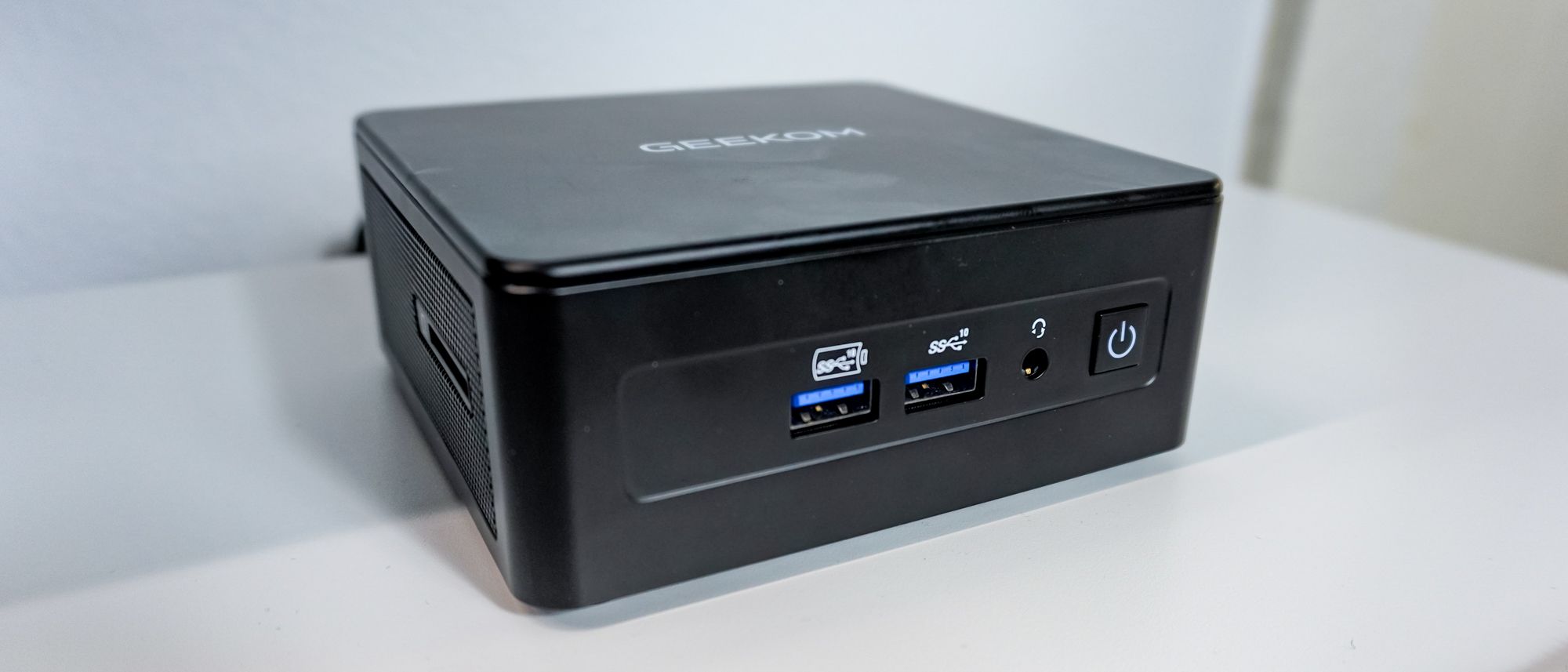ANCIENT erotic art stolen from Pompeii more than 80 years ago has finally been returned, Italy’s cultural heritage police have announced.
The 2,000-year-old mosaic, depicting a half-naked couple, was stolen by a Nazi officer during World War Two.
5

5

5
The piece shows a man reclining in bed with his female partner standing in front of him – and is a classic piece of ancient Roman art.
It was returned to Pompeii following a diplomatic effort between Italy and Germany, the police said in a statement.
The mosaic was taken from the area around Pompeii, near Naples, during the war by a German Nazi army captain, who had been assigned to military logistics in Italy.
The Nazi officer gifted the piece to a civilian, who kept it until his death.
Though his heirs contacted the Italian authorities to arrange its return once they realised the artwork’s origins.
The mosaic panel, set on a slab of travertine, dates to between the late 1st century B.C. and the 1st century A.D.
It marks a cultural shift in ancient Roman art, according to Gabriel Zuchtriegel, the German-born director of the Pompeii archaeological park.
Previously, Roman art was dominated by heroic myths, legends and Gods.
But everyday intimacy had started to become common in artworks later on.
“Here we see a new theme, the routine of domestic love,” he said, noting that the male figure’s expression “seems almost a little bored”.
The mosaic will be put on display at Pompeii, alongside the hundreds of other items and archaeological treasures.
The Romans’ affinity for brothels, alcohol, and pornography has been well documented and discovered among the ruins of Pompeii – the city buried by the eruption of Mount Vesuvius in 79 A.D.

5
Hundreds of sexually explicit works of art from Pompeii have been placed in the Secret Museum in the National Archaeological Museum in Naples.
These include graphic sex scenes – which experts believe could be advertisements for local brothels, as well as lots of phallic statuary, believed to bring wealth, fertility, and good luck.
Some of these pieces were so cheeky that they were deemed “pornographic” in 1821, and the National Archaeological Museum closed the room to visitors in 1849.
The Secret Museum didn’t reopen for good until 2000.

5
The destruction of Pompeii – what happened in 79 AD?
- Pompeii was an ancient Roman city near modern Naples, in the Campania region of Italy.
- It was destroyed, along with the Roman town of Herculaneum and many villas in the surrounding area, and buried under volcanic ash in the eruption of Mount Vesuvius in 79 AD.
- The violent explosion killed the city’s inhabitants, with the site lost for around 1,500 years until its initial rediscovery in 1599 and broader rediscovery almost 150 years after that.
- The thermal energy released from Vesuvius was said to be a hundred thousand times that of the nuclear blasts at Hiroshima-Nagasaki.
- The remains beneath the city have been preserved for more than a millennium due to the lack of air and moisture in the ground.
- During excavations, plaster was injected into the voids in the ash layers that once held human bodies, allowing scientists to recreate their exact poses at the time of their deaths.
- Mount Vesuvius is arguably the most dangerous volcano on earth.
- It had been inactive for almost a century before roaring back into life and destroying Pompeii.
- Since then, it has exploded around three dozen more times – most recently in 1944 – and stands in close proximity to three million people.
- Although its current status is dormant, Vesuvius is an “extremely active” and unpredictable volcano, according to experts.
- To this day, scientists are finding cultural, architectural and human remains on the banks of Mount Vesuvius.
- Excavations at thermal baths in Pompeii’s ruins in February revealed the skeleton of a crouching child who perished in the 79 AD eruption.








